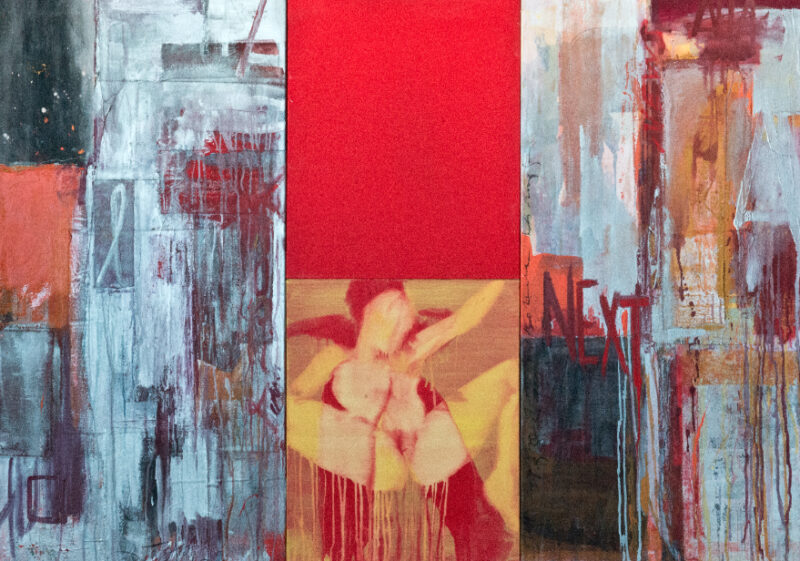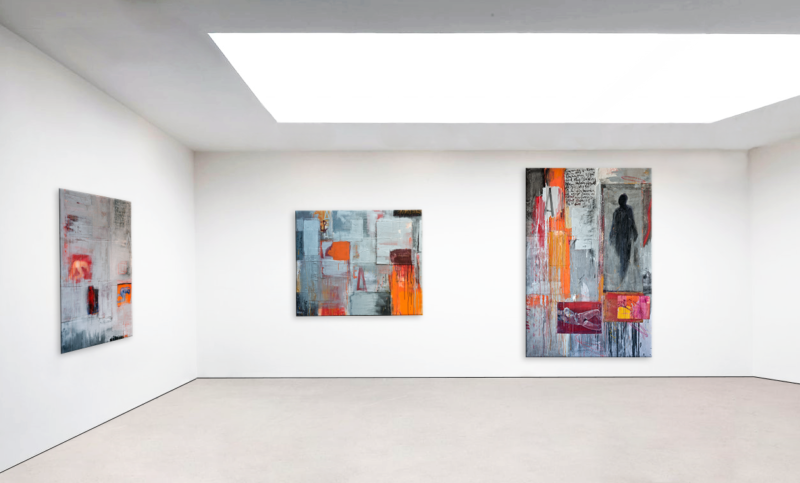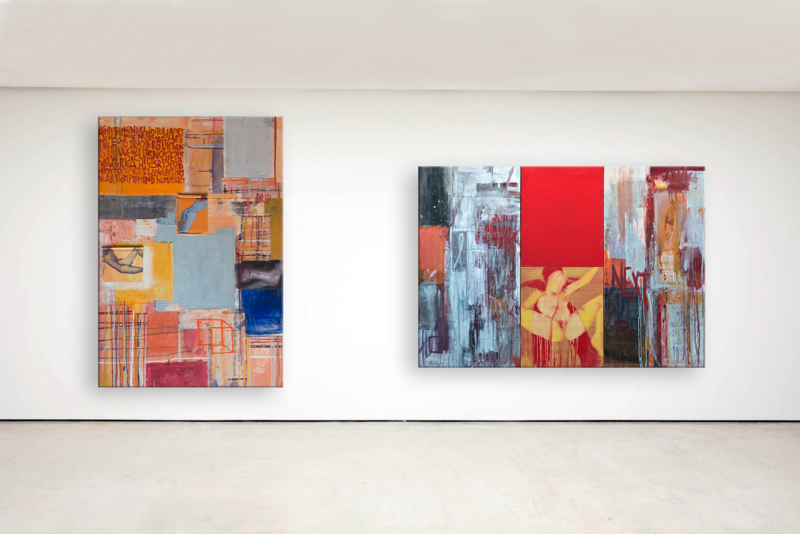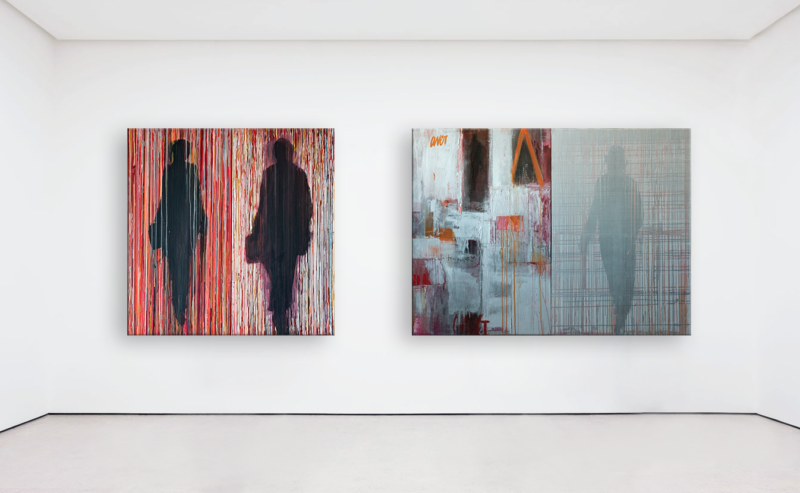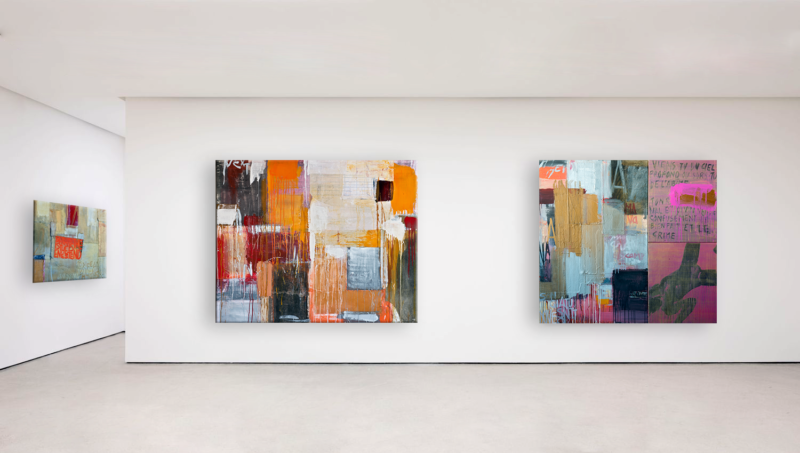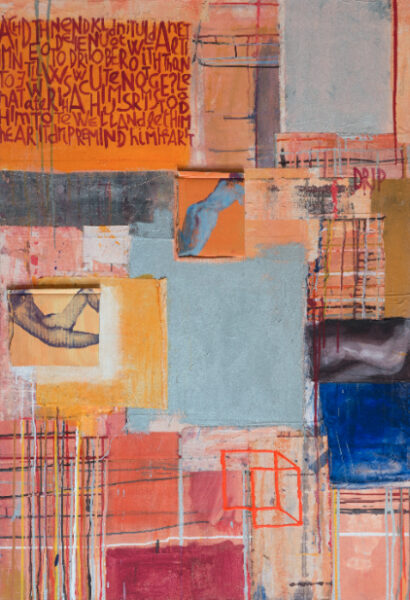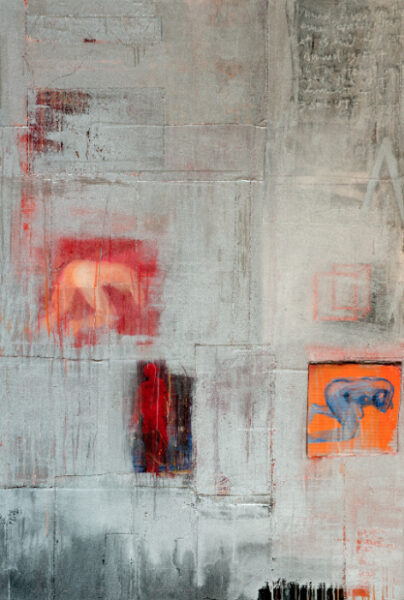PAOLO CERVI KERVISCHER
Zerial Art Project is pleased to present In the Dusk, a virtual exhibition dedicated to artist Paolo Cervi Kervischer and curated by Alice Montanini.
In the Dusk offers a selection of ten acrylic paintings realised by the artist between 2007 and 2012, which are representative of the style, recurring colour tones and motifs, and the intense sensitivity that characterises all of Kervischer’s production. As the title suggests, this exhibition aims to highlight the crepuscular atmosphere that distinguishes this body of works. Lyricism is conveyed with a highly charged pictorial expression of teeming, nervous lines and dripping layers of matter and color, oracular messages and fragments of images full of memory, that merge into a single dream vision.
Isolated figures with wavering outlines rise to the painting surface as impalpable hallucinations, strongly present, yet distant and unattainable. Mysterious and evanescent shadows, which seem to linger on the border between vision and dream, imagination, and reality. In works such as Drip Drip Drip Stillicidio, In the Dark for Emily Dickinson, Aporia Next, Oh Beauté, we see several female nudes in provocative poses reminiscent of the intriguing raw sensuality of Egon Schiele’s intimate and melancholic portraits. However, in Kervischer’s work, these apparitions bursting with eroticism offer themselves to our gaze as fragments of faceless bodies, thus preventing the viewer from establishing any contact. The enigmatic presence of the Other as a foreign element, yet obstinately present, may be considered as the artist’s reflection on the condition of alienation and aridity in our virtual sociality; although we share a constant connection, we remain very far apart from one another.
His painting offers fascinating visual suggestions with a strong symbolic character, where the pictorial narrative is integrated with the written word. Our eyes linger on the brush strokes, giving a new voice to those signs and words that evoke ancient times, another time, whose message reverberates across the canvas like an echo. As we have seen for the figures, even the writing we encounter on these canvases escapes a precise narrative. By means of stratifications, iterations, and reductions, the artist transcribes, as a stream of consciousness, graphic motifs whose meaning seems to be given, and then immediately gets lost in the elaborate interweaving of signs, atmospheres, stories, memories, and persistent references to classical culture and art history, which dynamically compose the becoming of Kervischer’s work.
In the light of the condition of isolation and social distancing that we are experiencing during this global pandemic, the theme of incommunicability addressed by Kervischer takes on a new connotation, offering the opportunity to reflect once again on the need to investigate a deeper dimension of our existence, through a renewed universal lexicon of shared human values.
